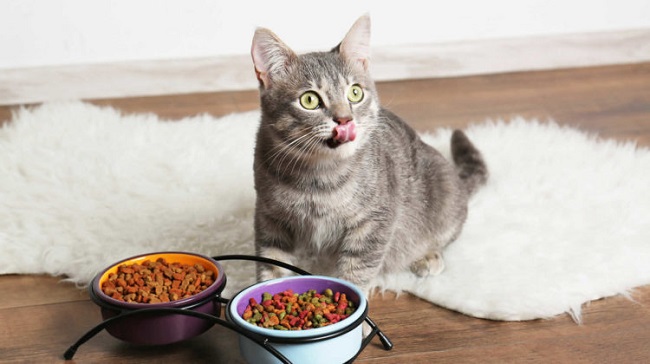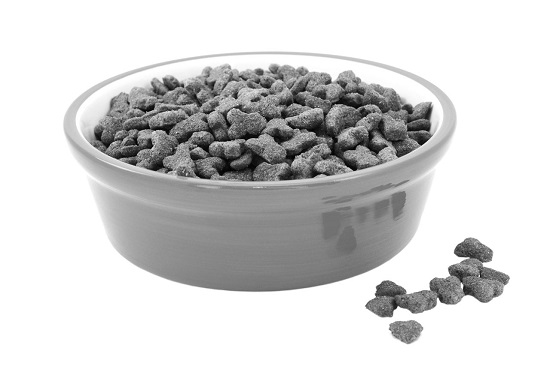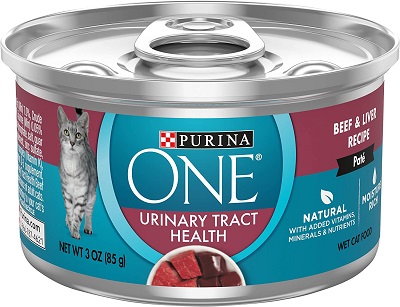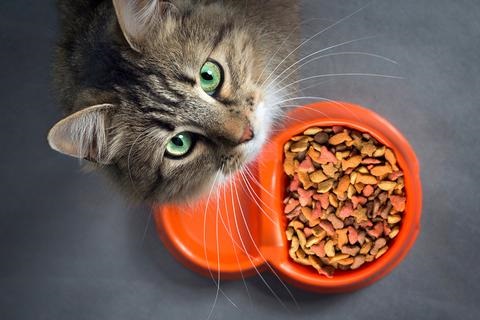Ash in cat food is the most misinterpreted ingredient. Some pet parents think ash is the worst and should not be given at all. While other pet parents do not care about its proportion.
It is very crucial that you understand “Ash” rightly. As it is related to the food your cat eats and affects her the most. To safeguard your sweet kitten’s health, give her low ash cat food. It will even help her to maintain acidic urine for her urinary health.
There’s more that you should know about ash in cat food, you will know it all with CatLovesBest!

What Is Ash in Cat Food?
“Ash” might not be a new word for cat parents who often shop for cat food. Ash is one of the many ingredients that you would find on cat food packaging. It is like other basic parts of your kitten’s food such as carbohydrates, fiber, moisture, etc.
So what is Ash?

It is what it sounds to you – inorganic residue. It is the burnt overs that remain after burning organic material (combustible minerals). Yes, and don’t be shocked. It is nothing but fillers, which are actually not really good for your cat if given in excess.
Ash is even produced from tendons, amount of bone, cartilage, etc. It suggests the proportion of trace minerals and nutrients such as zinc, calcium, potassium, iron, and phosphorus.
One of the ways to calculate the ash level in the cat food is by burning it. Doing so, we will be left with only an inorganic mineral content that is the ash. This ash comes from the number of tendons, cartilage, and bone. Ash in food can also come by adding minerals.
Ash is something that people use to denote the quality of their cat foods. To them, the low ash content in cat food means an improved and high-quality diet for cats. We all know that the consumption of one kind of mineral can inhibit the intake of another type of mineral.
Excess ash can be harmful to your cat’s gastrointestinal tract!
Why Is Ash Level Important?
So now that you know what is ash let’s learn why it is essential!

Earlier in the 1980s, vets thought that higher ash in cat food is responsible for Feline Lower Urinary Tract Disease. However, later it was found that ash was not responsible for FLUTD. Research later proved that the complication was in the making of commercial pet food.
Your cat needs around 2% of ash in her diet. Anything more than 2% is considered useless in her food. In the wilds, cats could easily munch on animal bones and vegetables to acquire the nutrients/minerals that are vital for their diet.
If the amount of ash increases by more than 2% in commercial cat food products, it is considered as filler content. Some low-quality food even contains as high as 10% of ash in pet food.
Ash is important because, if given in excess can harm your furry friend. Also, you must note that it is not compulsory for brands to mention the proportion of ash in their food. So, you are the one who has to have a strong background check regarding the proportion of ash in cat food.
Purina low ash cat food is something I can rely on and confidently suggest other pet parents for using this product for their lovely felines!
Is Ash Safe for My Cat?
Do not be so judge to quick the word Ash!

Ash in cat food is not really bad, as it measures minerals in your kitty’s food to a certain limit. As your cats require sodium, calcium, phosphorus, and other minerals. Now you know, why is there ash in cat food!
To bifurcate further, dry cat food will have more ash content, whereas wet food is generally low ash cat food.
However, extra or any ash in cat food might be very inimical in certain cases. For instance, if your cat has struvite crystals in her urine or is a large breed kitty. In these situations, ash content must be minimum.
To cut a long story short, ash is not bad and is one of the many requirements of your cat. Ash is a compilation of sodium, calcium, copper, iodine, phosphorus, chloride, iron, selenium, magnesium, and zinc in your pet foods. Ash may have all of these or some of these minerals.
Some food brands do give the bifurcation of the quantity of these minerals, while some don’t. However, knowing the bifurcation is not really that important.
Conclusion
Now that you know about ash in cat food, you can confidently choose the right food for your cat. Instead of cursing ash in your cat’s food, start finding the one that has low ash content as it is one of the many requirements of your cat.
Knowing the proportion of ingredients in your cat’s food is the best way to ensure her good health. For those who love giving high protein foods, ensure that the ash content is not high, since the quantity of meat meal increases in high protein foods.
Happy Healthy Feeding your Feline!
References
- The Importance of Ash Level in Pet Food – Chewy
- AAFCO Methods for Substantiating Nutritional Adequacy of Dog and Cat Foods – AAFCO
- Cat Nutrition Center – PetMD

